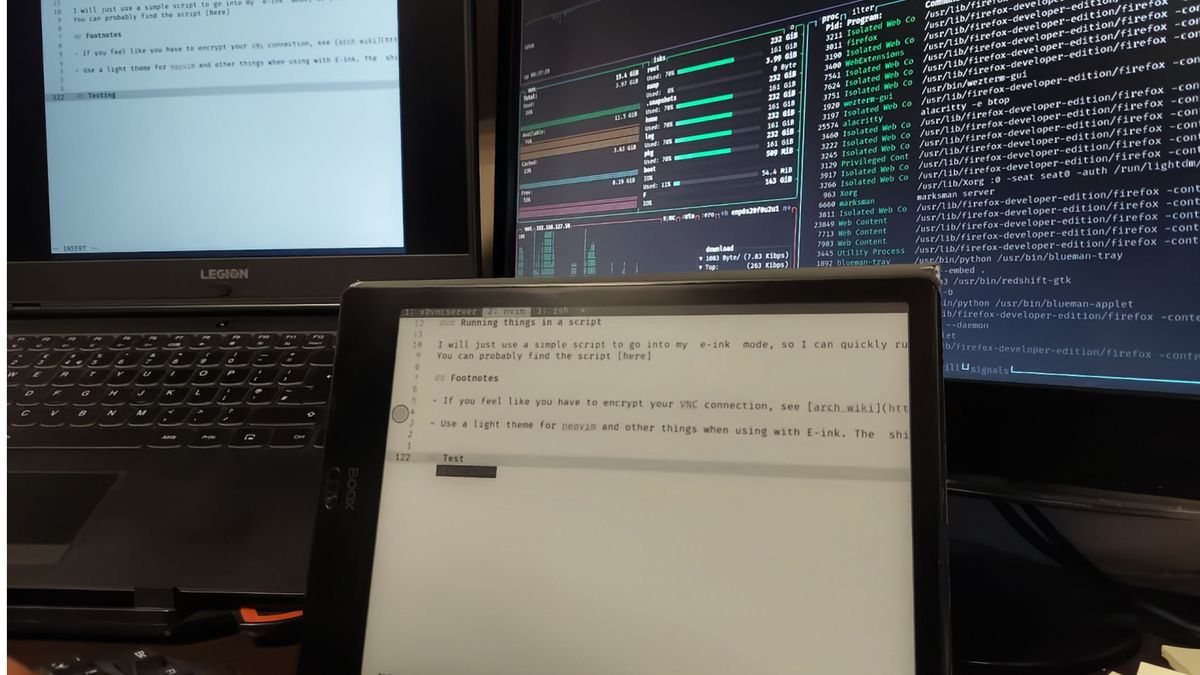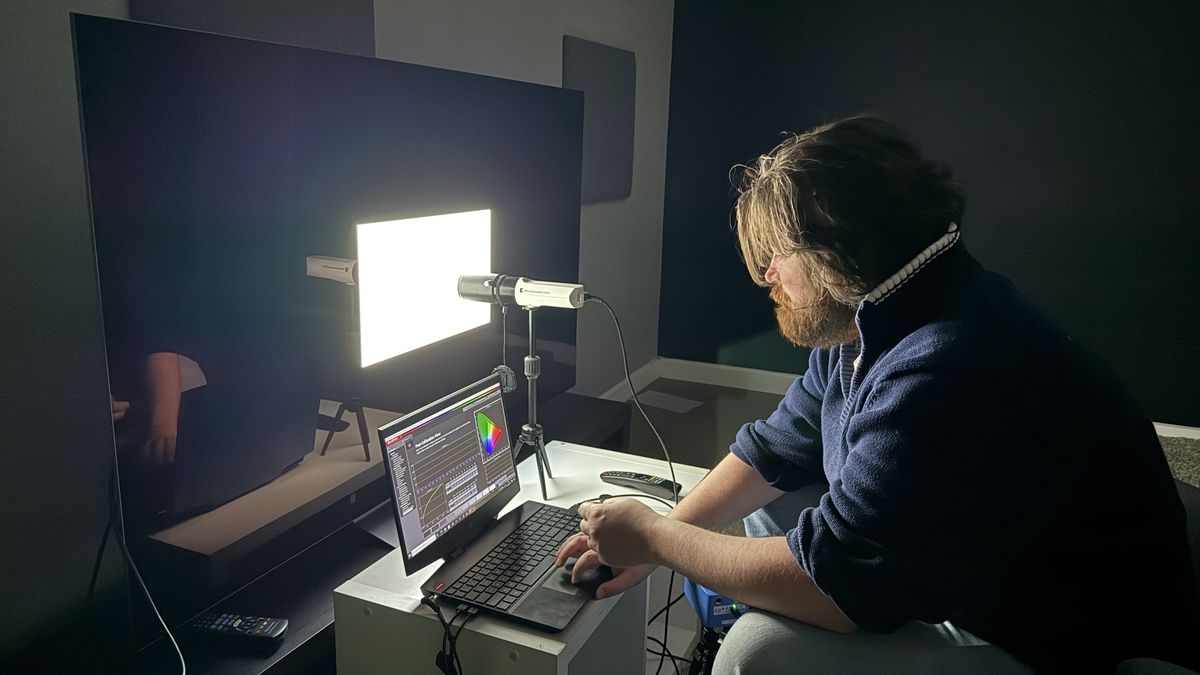In October 1408, in Ming Dynasty China, court astronomers recorded a strange celestial event: a bright yellow object, unmoving in the sky, shining steadily for over ten nights. It was described as “as large as a cup” and “pure yellow color, smooth and bright”—a sight so notable that it prompted formal documentation by imperial officials. For centuries, this 1408 “guest star” has been a historical curiosity with no clear-cut identity. But thanks to a new discovery, astronomers think they’ve finally figured out the source.
In a recent paper posted to the preprint server arXiv, researchers led by Boshun Yang, an astronomer at the University of Science and Technology of China, report an overlooked report by Hu Guang, a court official in charge of “congratulatory memorials and laudatory poems addressed to the emperor,” as described in the paper. This official document from the Imperial Astronomical Bureau provides a fuller, more authentic account than previous descriptions of the event and, crucially, allowed the researchers to rule out the possibility of a forged or misinterpreted record.
 The search field for the 1408 event. Figure: Boshun Yang
The search field for the 1408 event. Figure: Boshun YangThe memorial describes the object as stationary in the southern Niandao asterism—in the part of the sky now associated with the constellations Cygnus and Vulpecula—and visible for more than 10 days. Unlike comets or meteors, which streak across the sky, this object stayed put and maintained its brightness, suggesting it was a star.
Specifically, the event recounted by Hu Guang has the characteristics of a nova, or the violent death of a star that suddenly flares in brightness before slowly dimming. The team posits the 1408 nova had “plateau” characteristics, meaning its light stayed steady for an unusually long time.
Interestingly, the team also had to account for the subtle politics baked into the language of the record. Ancient Chinese astronomers were careful in how they described celestial phenomena when reporting to the emperor. To ensure that his outlook remained rosy, it was important that astronomical events channeled good vibes. They avoided ominous language in reports of the nova, which was described as “yellow” and “lustrous,” as opposed to it sporting “spikes” or other details that could sound ominous, according to Universe Today.
 The Crab Nebula, seen by the Webb Space Telescope. Image: NASA, ESA, CSA, STScI, T. Temim (Princeton University)
The Crab Nebula, seen by the Webb Space Telescope. Image: NASA, ESA, CSA, STScI, T. Temim (Princeton University)By combining this new historical document with modern astrophysics, Yang’s team argues that the 1408 guest star is almost certainly a nova—adding it to a growing list of ancient Chinese records that corroborate modern astronomical observations.
Like the well-known 1054 supernova that created the Crab Nebula—reported by the Chinese as it happened, and now vividly imaged by observatories like the Webb Space Telescope—this centuries-old observation shows how events relatively distant in human history are just blips in cosmic time. Furthermore, it provides a foundation for modern astronomy, which can use earlier accounts as a backdrop—and even a driver—for new discoveries.









 English (US) ·
English (US) ·